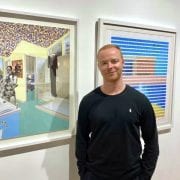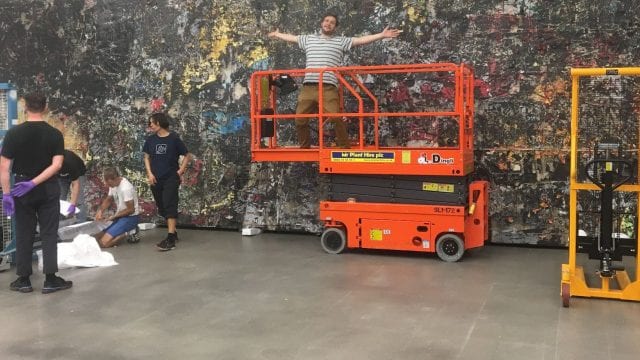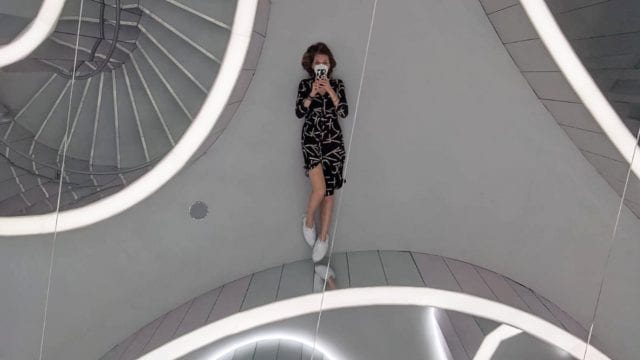Image © Charlie Haydn Taylor
Connecting with Charlie Haydn Taylor: The Making of Research Art
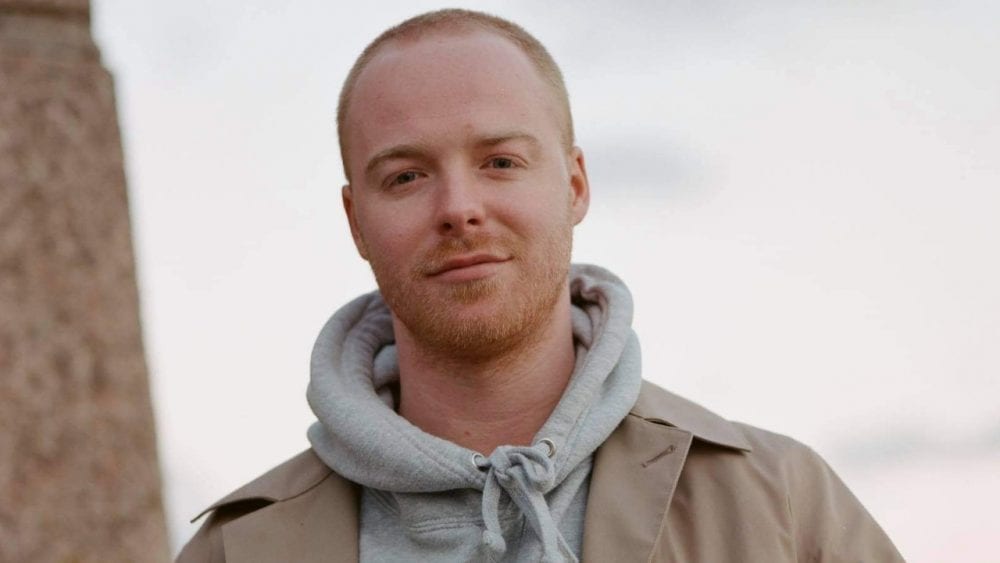
Charlie Haydn Taylor is a self-identified pop artist, currently living and working in Jersey, although ordinarily based in London. Charlie has an upcoming solo exhibition at Private & Public in April.
When I talk about modern-day society, I refer to a time where technology is extremely prevalent, where ideas of beauty are conflicted, where the material gain is at its peak.
Jersey – what comes to your mind?
When I think of Jersey in relation to the art world, I see a big potential for the contemporary art market to grow in terms of both primary and secondary market purchasing. Having seen the success of contemporary shows on the island in the past couple of years with big names such as Andy Warhol, Banksy and Tracey Emin, it is a very positive sign for local artists dealing in more contemporary mediums and practices knowing there is a market for it. I think this is hugely down to galleries such as Private & Public and CCA Galleries International raising the bar on what is accessible to islanders to see in person. I’m very grateful to be a part of this progression in the last year.
What is your most memorable experience or accomplishment?
I would have to say it was the moment that I was offered a solo show at Private & Public by Chris Clifford after having had some successful inclusions in two of his exhibitions last year. Although the show is yet to happen (is coming up in April this year), it really is an honour to have a show solely dedicated to my works at a gallery that has been instrumental in bringing new life to the Jersey art scene. The show is going to be very bold and bright and hopefully coincides with a more relaxed social scene where people can enjoy some sunshine, come and look at some contemporary art and then head off to enjoy the local hospitality!
If you could own any artwork, what would it be?
This is a really tough question as I have so many favourite artists. It would be easy for me to say something like Andy Warhol’s Triple Elvis or any one of Jean-Michel Basquiat’s paintings. However, no work that I’ve seen in person has had quite the impact on me as Damien Hirst’s The Physical Impossibility of Death in the Mind of Someone Living, his giant shark.
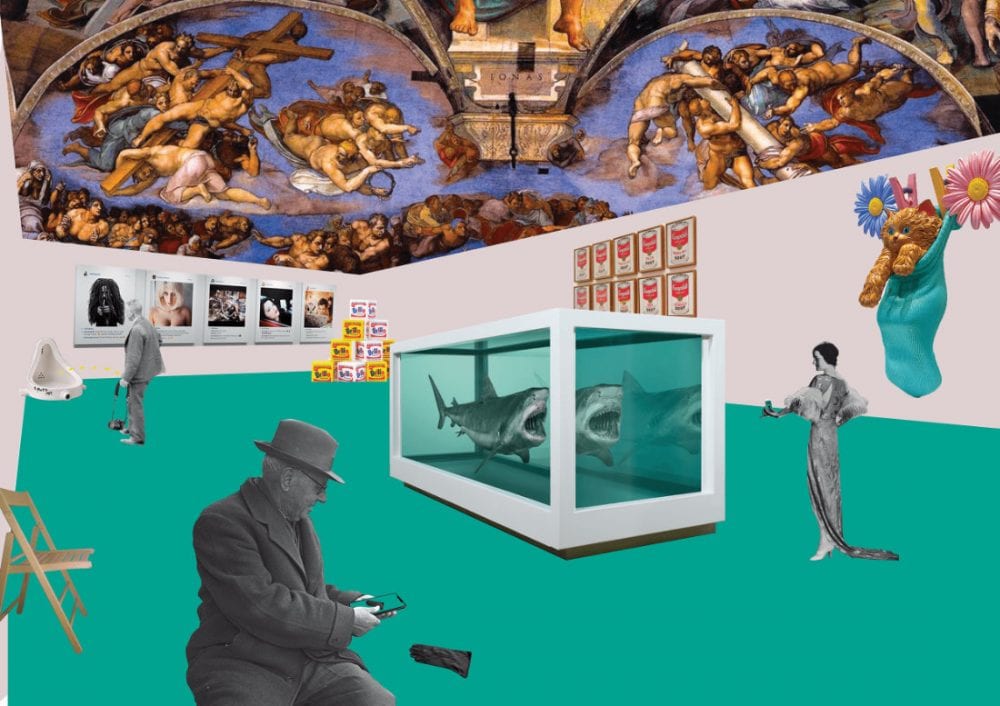
I remember going to the Saatchi Gallery as a teenager with a preconceived idea of what art was and what it could be and that really blew all that out the water (excuse the pun). Although not visually obvious, that piece has had a huge impact on the work I create now and I know for a fact will continue to have a huge impact as my work continues. Also, who wouldn’t want a massive shark in their living room?
If there was a movie about your life, what would be the name of the movie and which actor would play you?
I’m not sure I can really give a competent answer to this as I’m still at the beginning of my career so perhaps the title of the film would be something like ’The Making of’. Perhaps I would get Christian Bale to play me as it seems he can adapt to literally any role, so maybe he could attempt playing a 25-year-old artist. Otherwise maybe Euan McGregor because of the ginger locks.
When did you start creating art and how did you realise you wanted to become an artist?
It was an interesting journey – I didn’t really get into making art until I was fifteen, although I was absolutely obsessed with art from quite a young age. I was always going to museums and galleries, dragging my parents around whenever we went on holiday. But when it came to making art, it started when I went to secondary school because I had a really influential teacher. He helped me find my way into my own style and introduced me to British pop artists, like Richard Hamilton and Peter Blake, and the Americans like Andy Warhol and Robert Rauschenberg.
Once you realised that you identified with the pop artists and their style, how did that inform your work going forward?
The main thing I’ve tried to achieve with the art is to have an idea behind the piece that comments in some way on modern society or our culture.
I always say my art is ‘research art’ because of the ideas behind it. I like to really deconstruct an idea and come up with everything that’s going to be included before I go anywhere near a computer. That’s always been an important part of my work – rather than going straight onto making before I’ve digested how I’m going to showcase the idea.

I have a large research folder that I use to file any images of large interior spaces that I like. First, I print them off on an A4 sheet, then I might colour in certain wall sections or sketch figures where they may be in the piece. I have A4 sketches scattered all over my studio that exist in a very different way once they’ve been collaged.
Describe the process of assembling your works digitally – is it all 2D or are there 3D elements?
I’m starting to make collages now that incorporate 3D, but the collaging I’ve done for a long time has been digital because the technology has been there. If I’m working towards a show with a deadline, it’s good to know what my output can be in a given timeframe.
I always think that because the computer is such a complex tool, it’s no different to a paintbrush. It’s not assisting me in any way, it just might make something quicker. I could make these by hand, but it wouldn’t make any difference to the work. Also, I think the bold, clean graphic achieved by doing it on the computer really adds to this weird illusion of reality I like to create in my pieces.

How do you compile the ideas or reference points, and how do you decide which artists’ works to feature?
I spend a lot of time reading newspapers and going online, amalgamating information that may have had an impact on me or people I know. I like writing a lot, and I have sketchbooks full of writing, rather than drawing.
Choosing the artists is based a lot on their themes, what their art touches on and how it relates back to my subject matter. I don’t include any artwork from other artists just for the sake of the visuals. For instance, a lot of my work is about mental health and pharmaceuticals, which I feel is a big part of our culture these days. So often I’ll include Damien Hirst’s work in these, because he often features pharmaceuticals. Banksy is often included when I talk about wealth inequality. I did one piece on loneliness and loss of life, so included Andy Warhol’s Marilyn Monroe 24.
Describe your studio – if your work is digital, does that mean you can work from anywhere?
Yes, sometimes I take sketchbooks, background images or my computer with me, but there is something nice about being in a studio space. My studio is in an attic at the moment, and I’m sending prints out a lot, so it’s full of cardboard tubes, giclee prints and pencils lying around.
